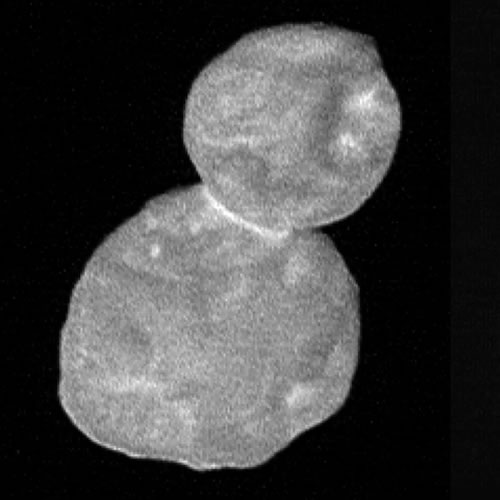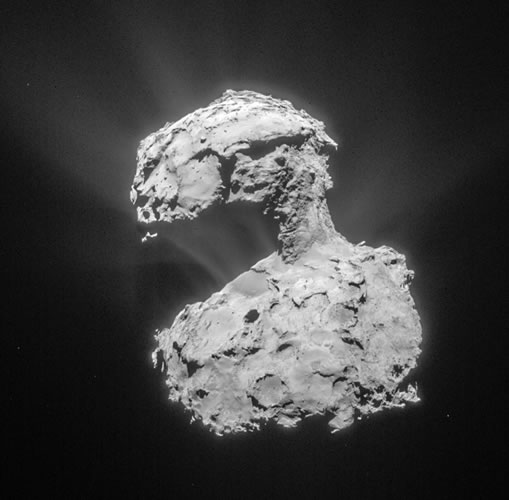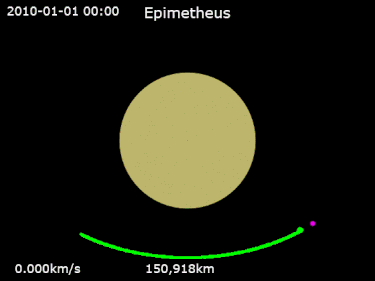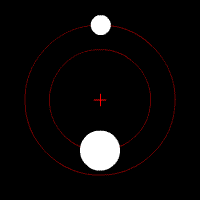Attraction
12.1 - Be able to identify the operation of each of the following in our Solar System:- a. gravitational attraction producing regular motion, including the orbits of planets and moons
Warning: Excessive use of animated gifs ahead!
Gravity is the force responsible for orbits. These can be stable orbits such as the Earth around the Sun or Moon around Earth. It also is responsible for eccentric orbits such as those of comets.
Gravitational attraction is what brought rocks, metals, minerals and gases together is space to form planets and everything else.
Earth is gravitationally attracted by the Sun but its velocity is greater and so counteracts gravity. It is not fast enough to reach escape velocity and so orbits the Sun in an ellipse.
‘Proper Motion’ is the actual term astronomers use to describe how an object moves. ‘Apparent Motion’ is how it appears to move from Earth.
The Moon appears to rotate around the Earth. It is not the centre of the Earth, just slightly off centre as the Earth is also experiencing a pull of gravity from the Moon.
This centre of gravity is call the ‘barycentre’. The barycentre of planet-moon systems is within the body of the planet. Pluto-Charon have a centre outside of Pluto.
Another example of gravitational attraction is a contact binary in a small solar system body. We can see certain asteroids, comets and Kuiper belt objects having two distinct but connected areas that were once thought to be separate and ‘gently’ connected together.








 | © All Rights Reserved |
| © All Rights Reserved |